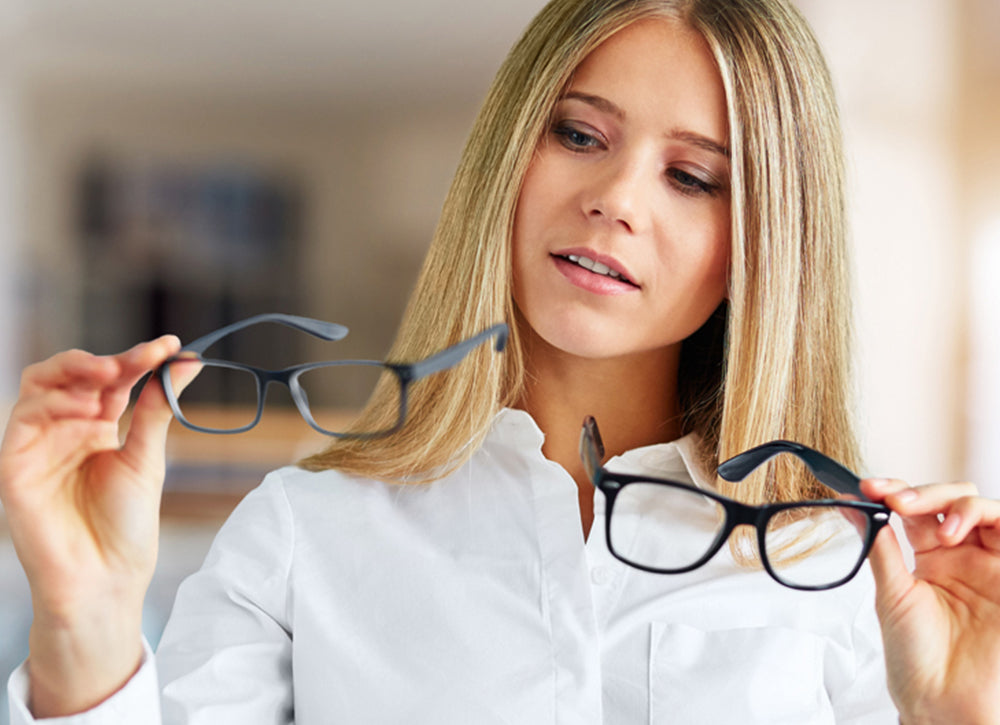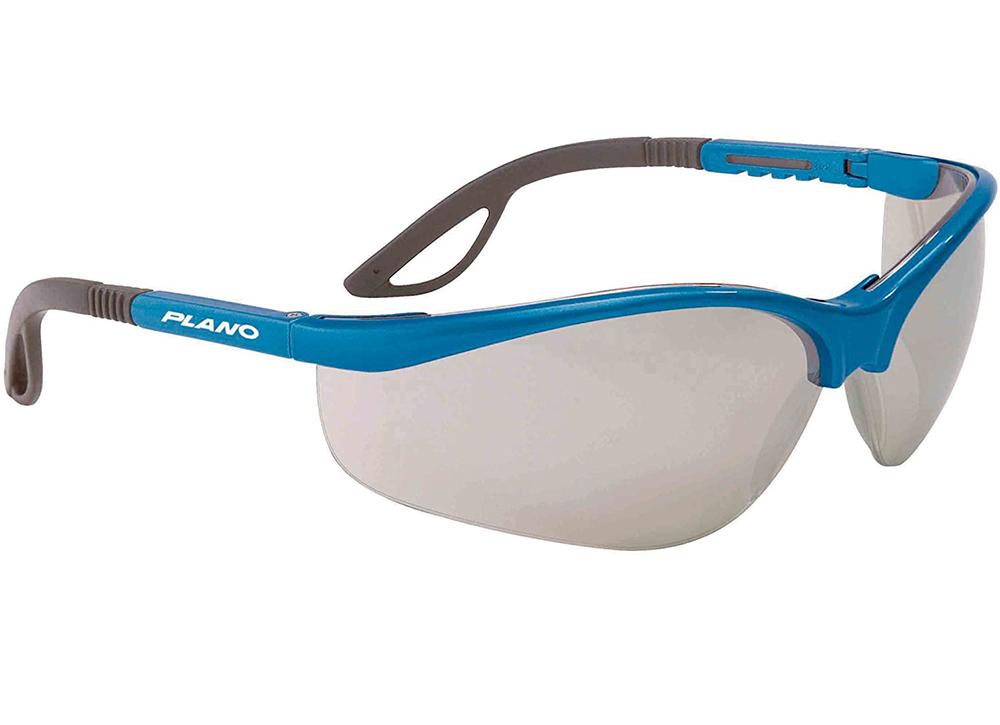In the previous article, we discussed “Do cat-eye sunglasses suit oval faces?”. In this article, let’s talk about “Are Progressive Lenses Good for Your Eyes?”.
What is a progressive lens?
Progressive multifocal lenses are lenses with different upper and lower powers for seeing far above and below for seeing near. The distance from the fixed far power above the lens to the near power fixed below the lens does not change suddenly, but a gradual transition between the two through the gradual change in refractive power. Compared with ordinary lenses, there are many advantages. The appearance of the lens is like a single vision lens, and the dividing line of the power change is not visible. Not only is the appearance beautiful, but more importantly, it protects the age privacy of the wearer, and there is no need to worry about revealing the age secret due to wearing glasses.
Since the change of the lens power is gradual, there will be no image jump. It is comfortable to wear and easy to adapt. So it is easy to be accepted. Because the degree is gradual, the replacement of the adjustment effect is gradually increased according to the shortening of the short distance. There is no adjustment fluctuation, and it is not easy to cause visual fatigue. Clear vision can be obtained at all distances in the visual range.(https://www.koalaeye.com/collections/eyeglasses)
Such a pair of glasses meets the use of long-distance, near-use and various distances in the middle at the same time. It is especially good news for teachers, doctors, music workers, and computer operators, because these people not only need to see far and near objects clearly, but most of the time they also need to be able to see middle distance objects such as blackboards, piano scores, and computer screens. . This is not possible with any lens other than progressive lenses.
Who need progressive lenses?
There is no limit to the degree of progressive multifocal lenses. Whether it is nearsightedness, presbyopia or moderate astigmatism, it can be worn, but not everyone can wear it. There are two types of progressive multifocal lenses on the market, one is hard and the other is soft. The main difference between the two designs is the length of the progressive channel. The rigidly designed progressive film has a short progressive path and relatively less peripheral aberrations. In order to ensure vision at various distances, fewer vertical dimensions are required. For example, a teenage progressive film belongs to this design, but because of its short gradual path, the gradation process is too short. Fast. Compared with the elderly, this design is more difficult to adapt; the soft design of the progressive film has a relatively long gradation channel and relatively large peripheral aberrations, but due to its long gradation channel, the gradation process is relatively smooth, which makes it easy to wear glasses It is suitable for people with poor adaptability.
If you are a person who is able and willing to accept new things, understand and adapt to the temporary discomfort caused by progressive addition lenses, we suggest that he can wear a pair, if he has severe hypertension, dizziness and other symptoms, or People who have misunderstandings about progressive lenses and are unwilling to adapt should not try them. Because you first wear progressive multifocal glasses, you may experience: slight dizziness, shaking when walking, and being careful when moving up the stairs.
The perception of space has changed, the perception of the distance of the object, and the perception of depth have changed. New wearers should not drive immediately and do strenuous exercise. When you look close, you need to turn your eyes down, and your eyes are mildly uncomfortable. Seeing an object through the blurred vision area around the lens makes the object blurred. Therefore, when new wearers look at things, turn their heads more, turn their eyes less, try to use the far-use zone, the near-use zone, and the middle-distance zone to see objects.
The disadvantages of progressive lenses
- The field of view in the near and middle distances is relatively narrow.
- The adaptation time is longer and patients with greater astigmatism are not suitable for wearing.
- The peripheral aberration is large, and there will be large astigmatism in the periphery.
Thank you for your time in reading our passage “Are Progressive Lenses Good for Your Eyes?”. For more information about sunglasses and eyeglasses, please continue to follow KoalaEye Blog. Also, it is welcome to share and forward to Facebook and Twitter.





































